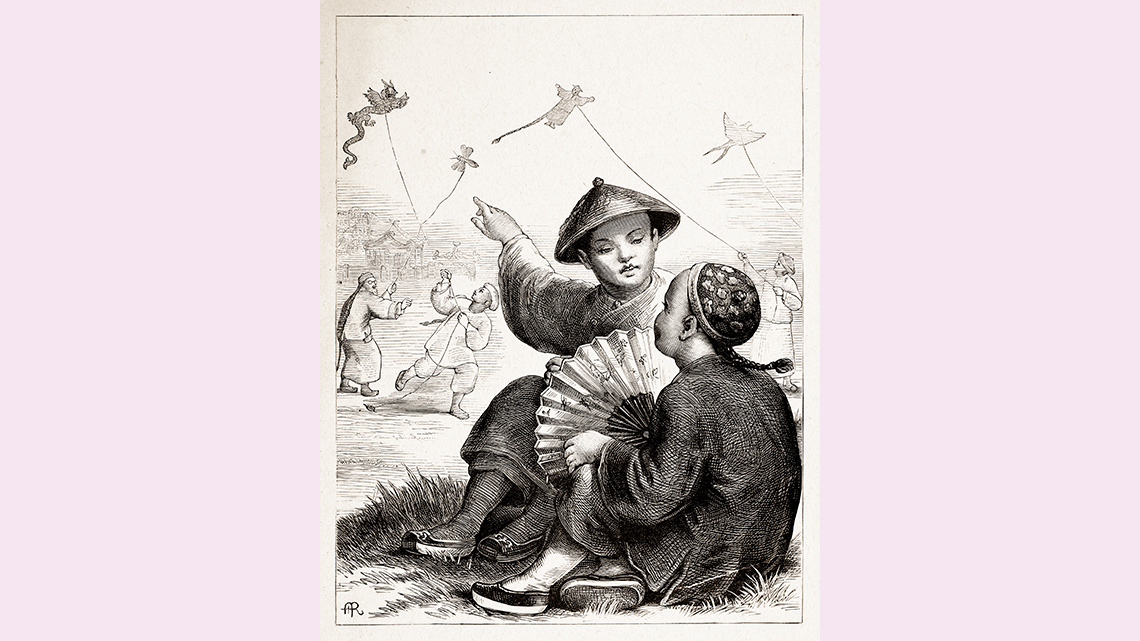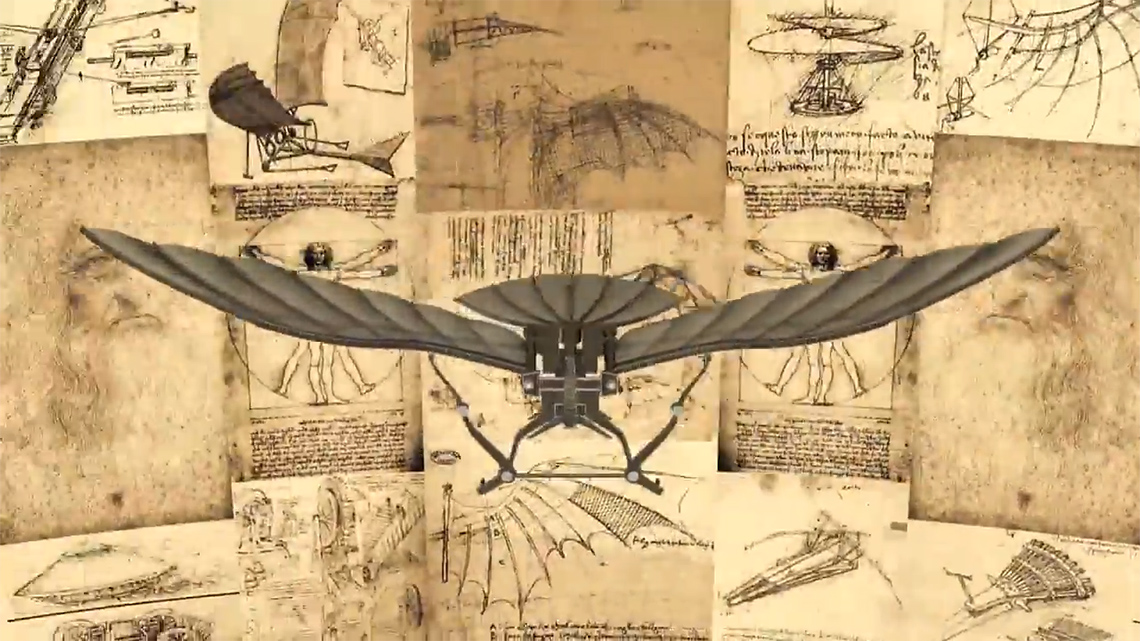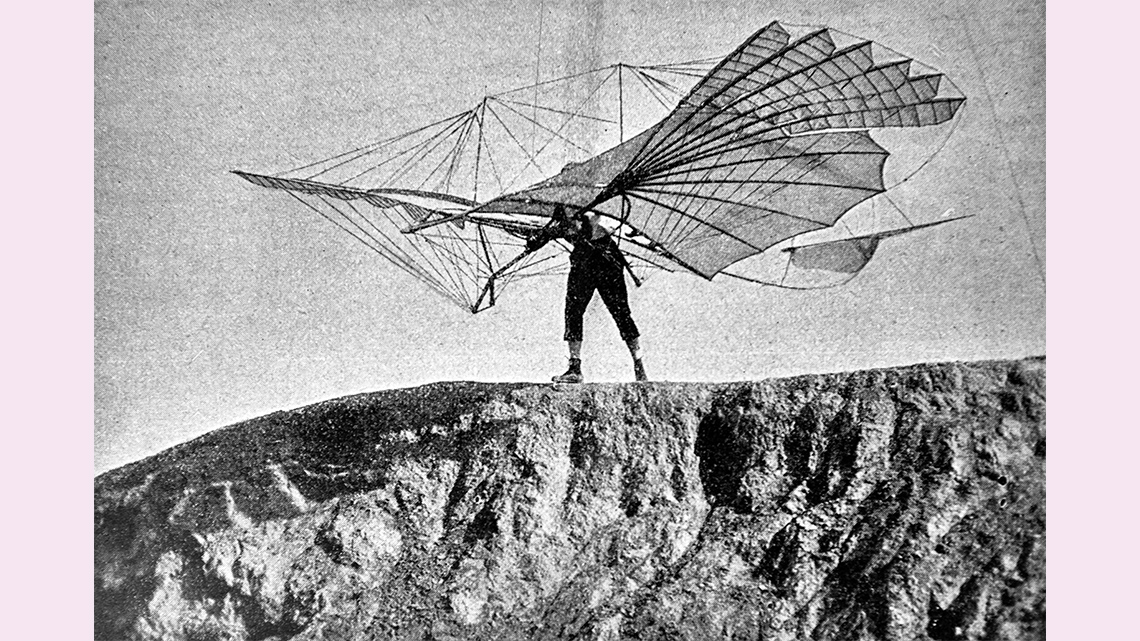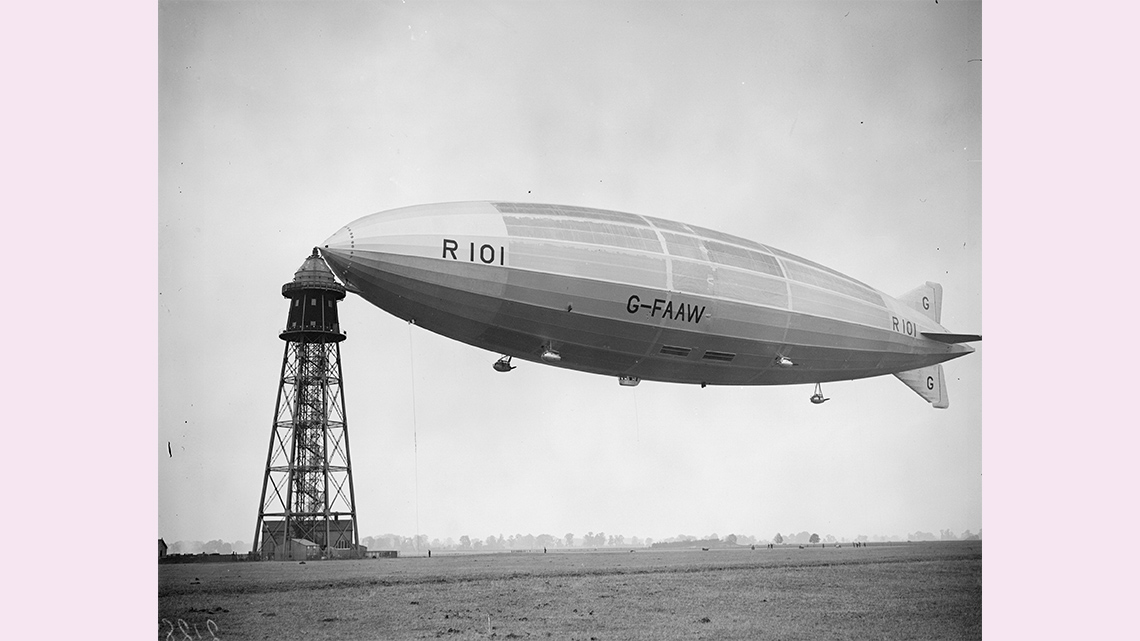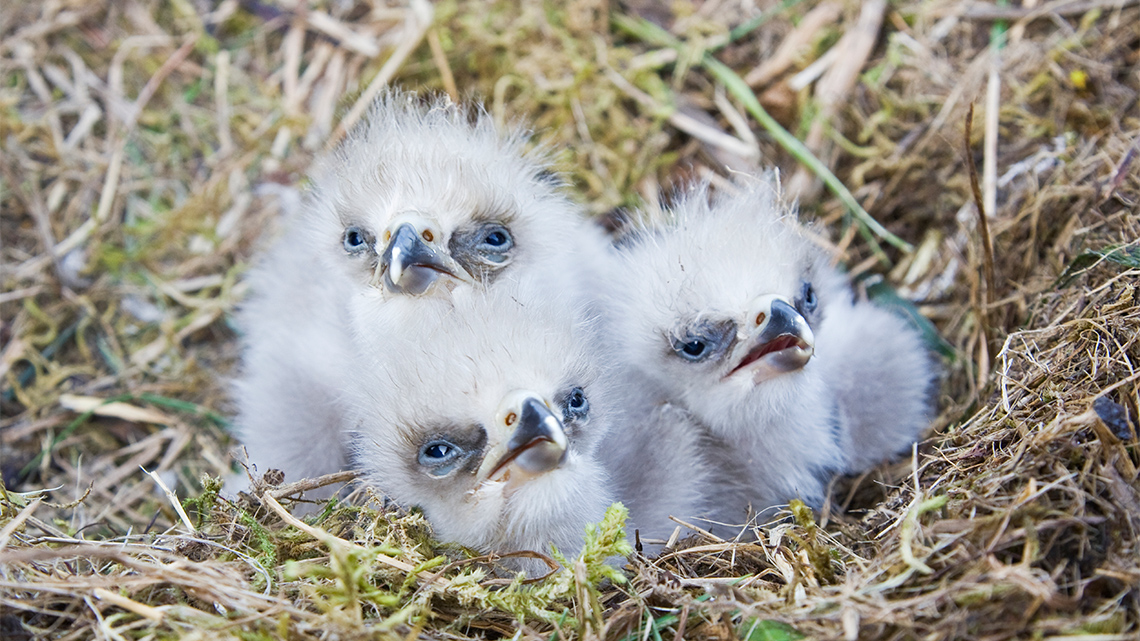Minds On
Across the sky
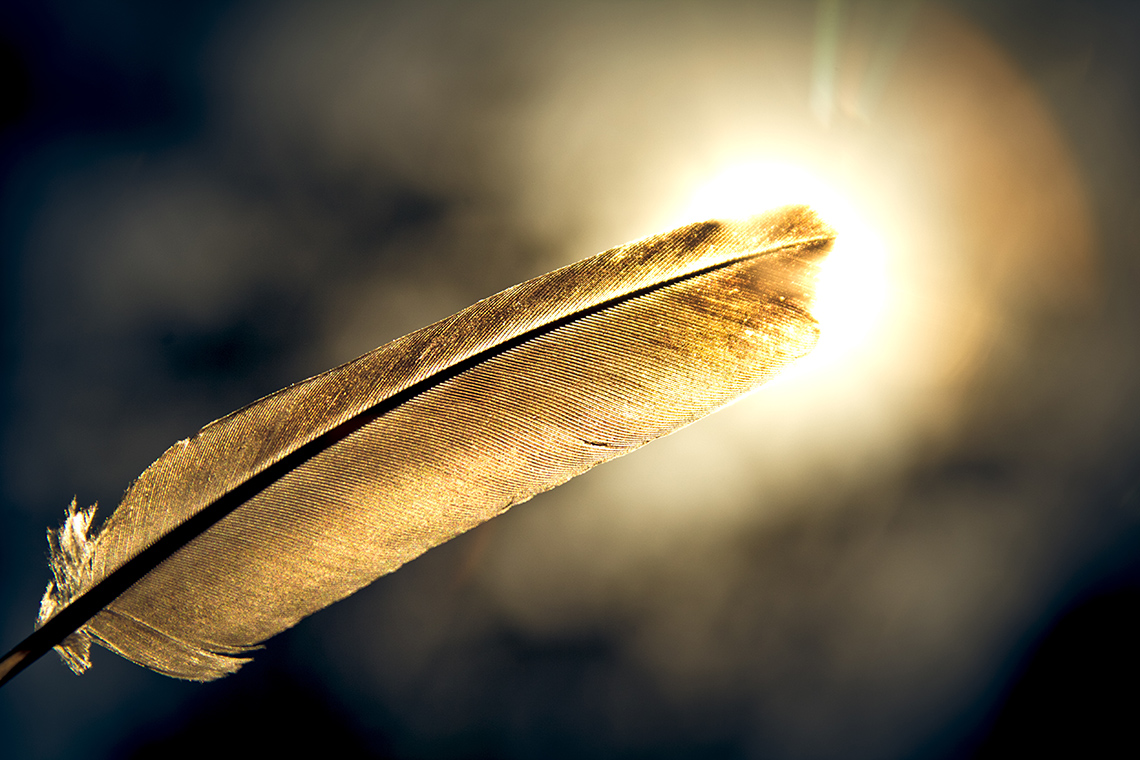
Flight and the ability to fly has fascinated humans for centuries.
Let’s check out the following video on flight to learn more about the history of flight.
As you explore the video, take note of all the different people and cultures around the world that developed more and more sophisticated flying devices over time.
For many centuries, inspired by flying creatures, people all over the world have been designing and testing prototypes for human flight.
Let’s check out the following images and descriptions to explore some different flying designs.
Using the information explored, create a labelled timeline of the people and cultures that have contributed to the history of flight.
Consider adding a few sketches or images of the different flying devices to enhance your work.
Record your timeline and thoughts in a notebook or using another method of your choice.
Did You Know?
Did you know?
Humans have been looking at birds and animals that fly and dreaming of human flight for a long, long time. This is one example of what is called biomimicry.

Biomimicry (or biomimetics) is the close study of nature, its models, systems, processes, and elements to copy, or take inspiration from, in order to solve human problems.
This term comes from the Greek words bios, which means life, and mimesis, which means to imitate.
Can you think of any specific species of bird or animal that may have inspired any of the flying devices explored in your timeline?
Create a list with some explanations in a notebook or using another method of your choice.
If possible, share your thinking with a partner.
Action
Future impacts
This learning activity connects new and existing approaches for young scientists to create positive changes in their communities.

Inspiration from nature
As we explored in the Minds On section, humans have been inspired by the natural world to create flying device. This biomimicry, or study/copying of nature, has led to significant advancements in humans’ ability to fly.
Let’s explore some examples from nature that have inspired the human quest for flight.
Bees in flight
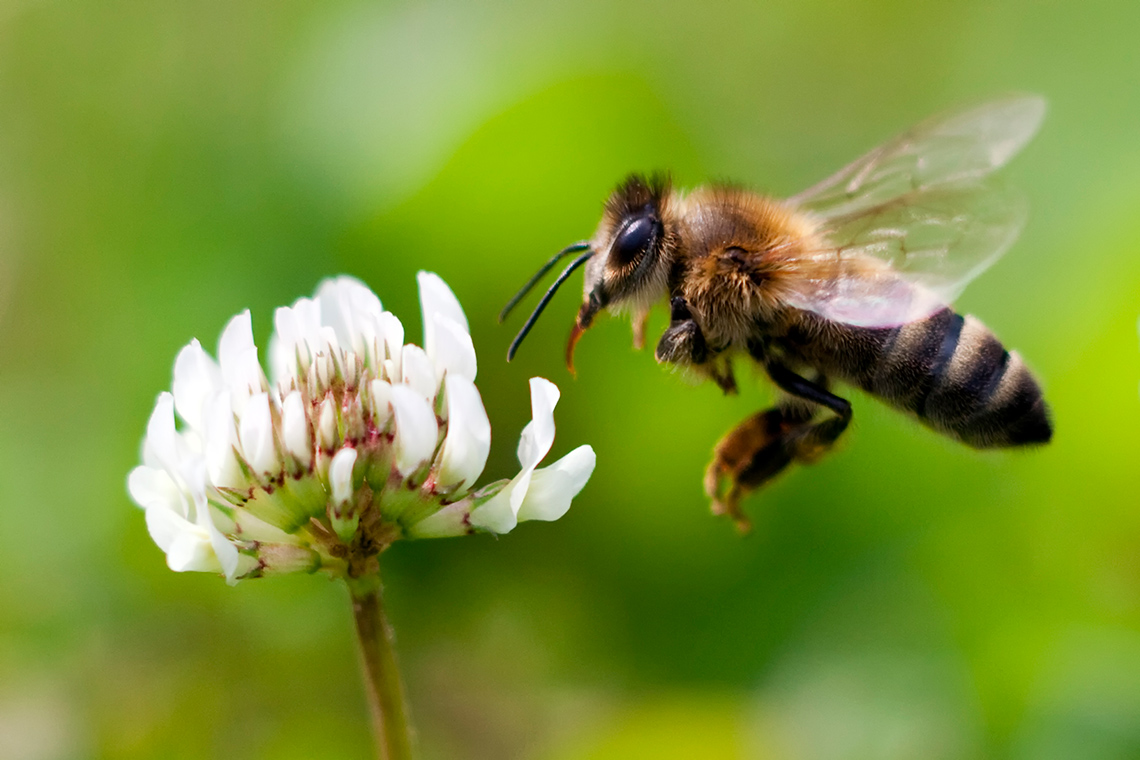
You may have heard the myth that bees shouldn’t be able to fly, and that their body weight is too high relative to their wing size. It simply does not add up.
This is known as a common misconception. Obviously… because bees fly all the time!
Bees have two sets of two wings that can beat up to 230 times per second. Their famous “buzzing” is actually created by their incredible wings.
Investigate
Investigate
Let’s check out several slow-motion videos of honeybees flying. As you explore the videos, what do you notice?
Record your observations in your notebook or another method of your choice.
Access the following videos to begin your investigation into the flight of bees.
Video #1
Video #2
Video #3
Video #4
Consider the following:
- Do the bees look balanced?
- How do their wings beat? In what direction?
- What do you notice about the angle of the bees’ bodies?
Record your observations in a notebook or another method of your choice.
Press ‘Let’s Check!’ to access a possible observation.
Video #4 features a wild bumble bee. For these types of bees, their four wings are separate. Honeybee wings, on the other hand, have zippers that hold them together on each side.
Facts
Press the following tabs to check out images and descriptions, to explore and discover more facts about bees in flight.
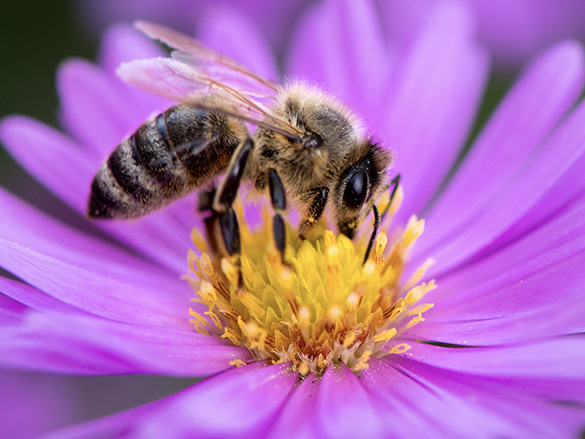
Bees have a large and small set of wings on each side of their body. The wings’ size and shape varies on the bee species. Most species have the large and small wings attached by comb-like teeth, zipping the two wings together. This forms a large surface and helps the bee create a greater lift when flying.

Thorax
The middle part of a bee’s body is called the thorax.
In order to beat their wings, the thorax contains muscles that squeeze in two directions: up-and-down and then left-and-right. These rhythmic squeezing movements are what cause the bee’s wings to beat back and forth.
Scientists used to think that a bee’s wings were hard and rigid, and they moved as a stiff board. We’ve since learned that this is not the case! When flying, bee wings actually twist and rotate making short and quick sweeping motions from front and back, over and over again. The sweeping movement creates enough lift to allow the bee to fly.
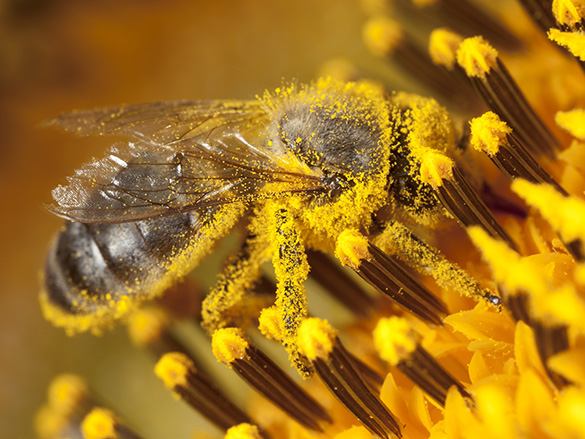
The short and fast motion of a bee’s wings don’t appear to be very efficient for flying.
Longer, slower beating has been shown in other insects to require less work to get the lift they need for flight.
So why would bees evolve to use an inefficient way of flying?
Scientists think that it has to do with the bee’s ability to carry heavy loads, such as nectar and pollen. This is especially important for honeybees who need lots of nectar to create their honey.
It seems like the bee’s wings are perfectly adapted for their needs in flight. You may want to explore the short videos again to revisit these subtle details.
Take a moment to add more details to your observations and to summarize the characteristics that allow different bees to fly.
Brainstorm
Flight: Insects and animals
Many birds and insects also show adaptations to their wings to meet their needs of flight.
Check out the following examples:
- Raptors, like eagles and hawks, have large wings so that they can glide in the air and find their prey.
- Chickadees and small songbirds have small wings that help them fly fast and change directions quickly.
Brainstorm about some other winged animals or insects.
How do the shapes of their wings and bodies help them fly and meet their needs for survival?
Record your brainstorm ideas in a notebook or another method of your choice.
If possible, share your ideas with a partner.
Feathers & wings
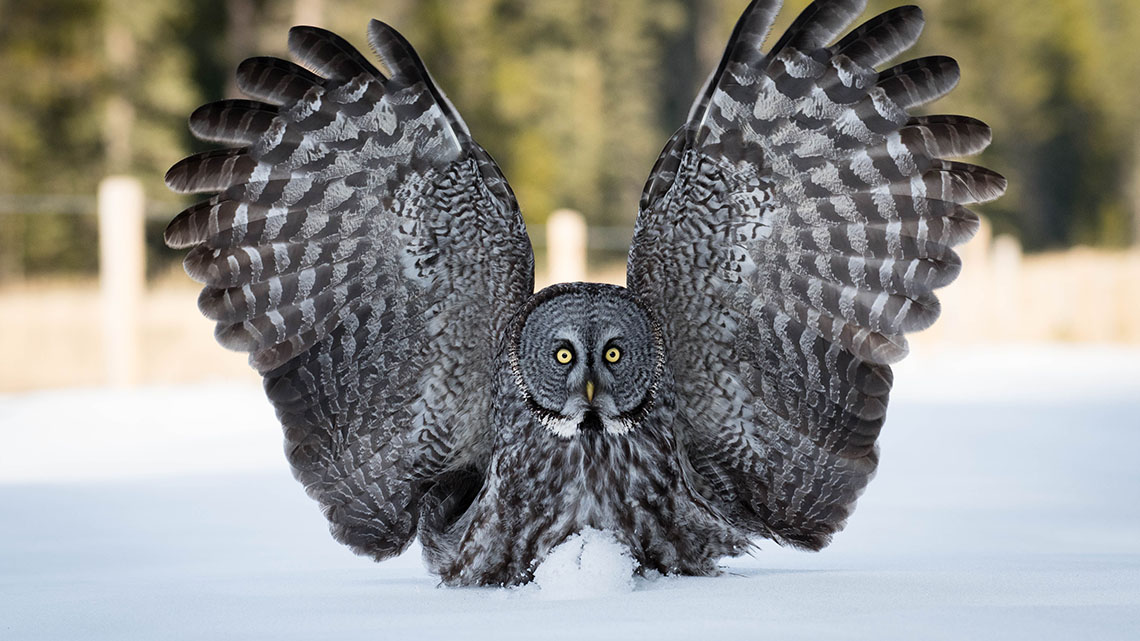
Birds have different types of feathers for different purposes.
- Downy feathers are used to keep their bodies warm.
- The outside feathers are designed to repel water and to give birds their sleek aerodynamic shapes.
Birds’ feathers are also specialized to help them fly too.
- Feathers are very light – they do not weigh a lot.
- Feathers are also very flexible, bending to capture air to help the bird rise and releasing air too.
Examine the following video clip of a Harris hawk in flight. What do you observe?
Continue to make observations with the following images of feathers and wings.
What do you notice?
Biodiversity
The natural world is filled with so many different living things and species, each with their own unique set of characteristics and adaptations to help them survive! We call this biodiversity, and it is an essential part of life on Earth.
For example, the Canadian geese are birds with unique characteristics and adaptations, regarding their flight.
Canadian geese
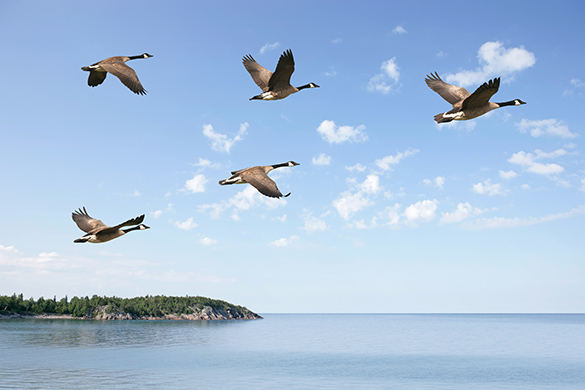
Canadian geese flying in V formation
Canadian geese can be found all over North America. You may have noticed them migrating in the spring or summer, and their iconic formation – a V shape.
They often move south in the winter to avoid cold temperatures, and they usually return to their breeding grounds in the spring.
Stages of flight
We will explore a few videos of Canadian Geese in three different stages of flight: taking off, in flight, and landing.
As you explore the videos, what observations can you make about their wings or other body parts during each of these stages of flight?
Complete the Stages of Flight Activity in your notebook or using the following fillable and printable document. If you would like, you can use speech-to-text or audio recording tools to record your thoughts.
Stages of Flight Activity
Let’s explore the provided videos to make our observations about the Canadian goose’s wings and other body parts during each of these stages of flight.
| Stages of flight | Wing observations | Body observations |
|---|---|---|
| Take Off | ||
| During flight | ||
| Landing |
Press the ‘Activity’ button to access Stages of Flight Activity.
Press the following tabs to access a few videos of Canadian Geese in three different stages of flight: taking off, in flight, and landing.
Access the following video clip to explore the stage of take off.
Check out the following video clip to explore the stage of in flight.
Access the following video clip to explore the stage of in flight.
Check out the following video clip to explore the stage of landing.
Add as much detail as possible to your observations in the “Stages of Flight Activity” chart or another method of your choice.
Consider using sketches or images to help enhance your observations.
Consolidation
Inspired by nature
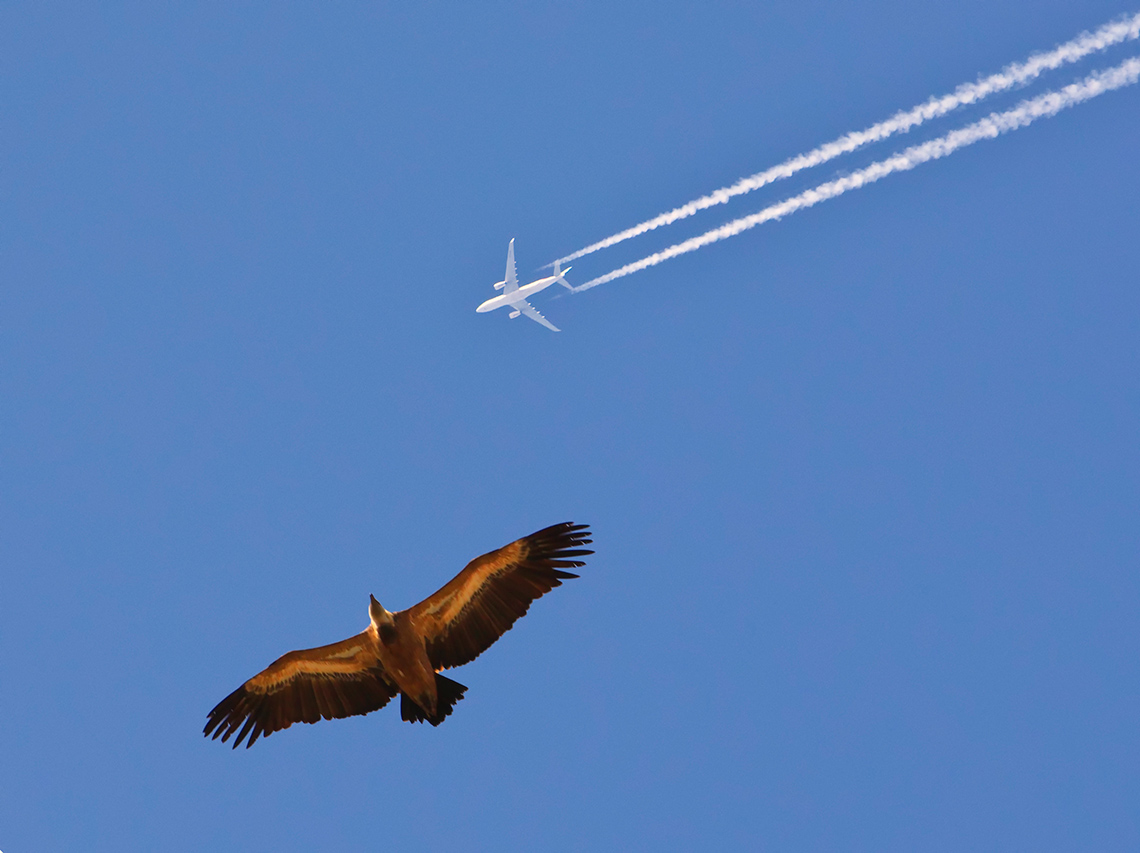
In the Minds On section, we learned that humans have long since been looking to nature for models to help our own species survive and evolve.
Recall that biomimicry is the close study of nature, its models, systems, processes, and elements to copy, or take inspiration from, in order to solve human problems.
Many of the flying devices we use today are inspired by nature!
What insect, bird, or animal do the following machines make you think of?
For each flying machine, select the corresponding bird, animal, or insect that is most similar.
Making connections
As you make comparisons between flying innovations and different living things, it is no wonder that humans have tried to imitate these amazing flyers that are so well adapted to their environments.
The wings of jet planes are much like those of birds. They travel over long distances and try to be safe and efficient, similar to birds.
Examine the following videos clips of planes, then revisit your “Stages of Flight Activity” chart about Canadian Geese as they take off, fly, and land.
Press the following tabs to access the video clips.
Access this video clip to explore a plane’s take off.
Check out this video clip to explore a plane in flight.
Access this video clip to explore a plane landing.
What connections can you make?
Record your ideas in a notebook or another method of your choice.
There is no question that flying creatures and flying machines have a great deal in common and share physical characteristics. They are built to manipulate the forces involved in flight for different purposes.
Reflection
As you read through these descriptions, which sentence best describes how you are feeling about your understanding of this learning activity? Press the button that is beside this sentence.
I feel…
Now, record your ideas using a voice recorder, speech-to-text, or writing tool.

